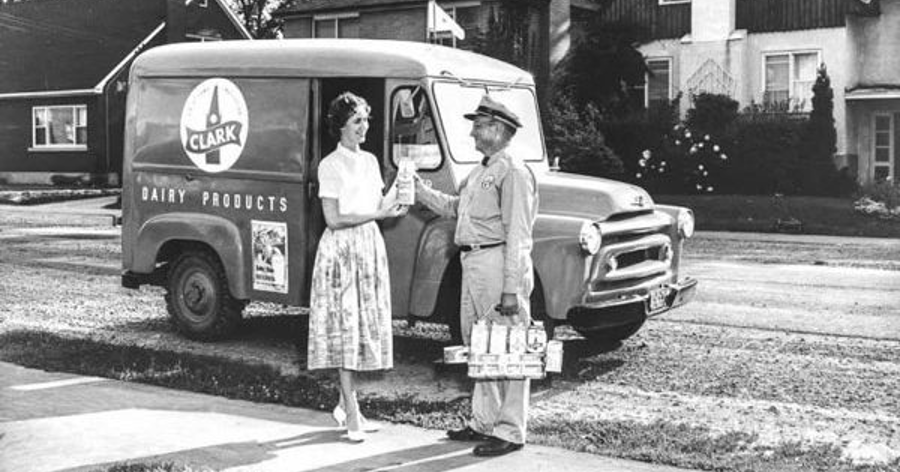What is the Future of Retail?

By Ray Petrick
What was old is now new, or maybe not as new as we think. If you’re a baby boomer you probably remember that home delivery was commonplace in the 60s. Everybody did it, including the local grocery store, pharmacy, and department store. There was no Internet, computers, or credit cards. You simply called your local store, placed the order, and it was delivered. The store owner kept a tab and you paid at the end of the month. Fast forward 60 years and now we’re talking about an omnichannel experience that includes store pick-up and home delivery. What was old is now new!
In the new retail world, consumers are doing more of their shopping online and getting orders delivered to their homes or picking up a pre-packed order. So then what’s the role of the brick-and-mortar store? The pandemic changed consumer behavior, accelerating online purchases. More than 18 percent of U.S. goods were purchased online in 2021, up 10 percentage points since 2012. Everything accelerated due to COVID-19, forcing retailers to rethink their strategy and what they need to survive.
Retail brick and mortar is not dead as some have predicted. We have seen store closures begin to slow and new store openings increase as retailers begin to realize the role of brick and mortar. As an example, Whole Foods Market was purchased by Amazon, which had no consumer retail outlet, to facilitate fresh food delivery. On the other hand, Warby Parker opened stores when it originally started as online sales only. Brick-and-mortar retailers are part of the equation to have an omnichannel personalization strategy. You need physical stores to create a seamless shopping experience across the retailer’s platforms.
Future Outlook
Omnichannel will be the dominant strategy for brands in the post-pandemic world. However physical stores are a critical touchpoint to convert customers when deploying the omnichannel approach.
Data is gold so retailers will need to find new ways to get and gather data with the recent changes. But good data is imperative and, if used, effectively drives decisions, strategy, and AI efforts.
Personalization within an omnichannel strategy will help build customer experience, loyalty, and brand recall. According to a recent study, omnichannel personalization has shown 90 percent higher customer retention rates than a single channel. Hence, this personalization strategy is core to long-term business viability.
Digitalization is a multichannel approach to sales that seeks to provide customers with a seamless retail experience, including brick-and-mortar stores, mobile, and online.
Changes to Logistics will help companies to vertically integrate into last-mile delivery, micro-fulfillment, and technology.
Over the next few years, retailers will have opportunities to restructure old supply chains framework, right size inventory management, update pricing strategies, and reinvent the physical store for the new digital age. This will likely require new ways of thinking and long-term commitments, but these efforts could forever shift the way retailers conduct business. The future begins today, as retailers address near-term challenges that will position their future and long-term success.
